The views expressed in our content reflect individual perspectives and do not represent the authoritative views of the Baha'i Faith.
Baha’is believe that Baha’u’llah – the “Glory of God” – is the Promised One foretold by the Bab and all of the divine messengers of the past.
Through 40 years of imprisonment and exiles, Baha’u’llah revealed thousands of verses, letters and epistles, outlining the framework of a new world order that would bring everlasting peace to humankind, taking into account both the material and spiritual dimensions of human life.
RELATED: Who Was Baha’u’llah, and How Can We Evaluate His Claims?
With my latest chronology, The Blessed Beauty, named after one of Baha’u’llah’s titles, I attempt to offer a dual, enmeshed, illustrated chronology of the life and Revelation of Baha’u’llah, on the occasion of the 130 years since his passing, centered around the person of Bahá’u’lláh and inspired by the following quote from his writings:
He Who is everlastingly hidden from the eyes of men can never be known except through His Manifestation, and His Manifestation can adduce no greater proof of the truth of His Mission than the proof of His own Person.
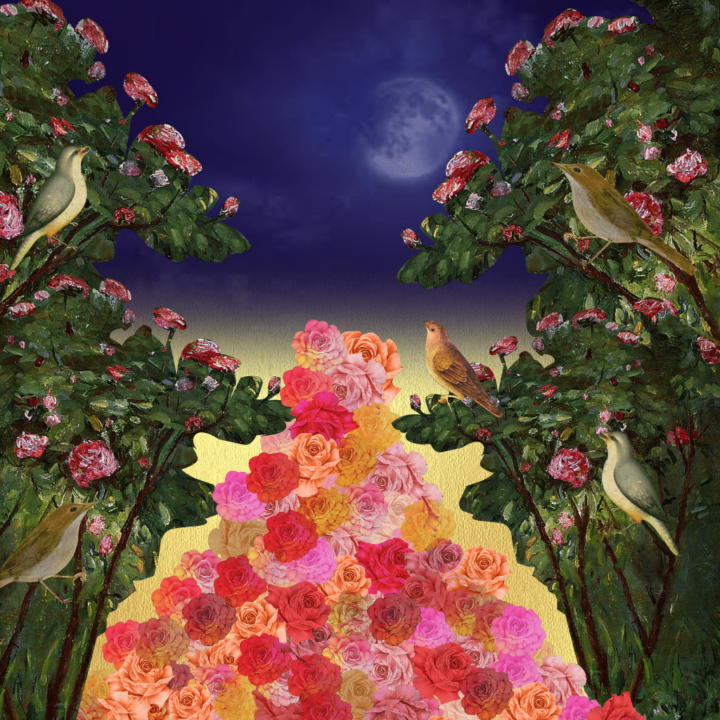
The ten parts of this chronology, found in The Utterance Project website, chronicle Baha’u’llah’s life from his birth in 1817 to his passing in 1892, and contain 350+ pages of referenced stories; over one hundred original art compositions; handmade artistic maps and informative graphics; as well as more than eight hundred photographs, scans, engravings, paintings, drawings, and sketches, and 92 of Baha’u’llah’s featured tablets, prayers, poems, and epistles.
This tribute aims to offer a deeper connection with the person of Baha’u’llah through the lessons of his Revelation and the vision enshrined in his writings, brought to life with a collection of carefully-curated illustrations.
Studying the life and Revelation of Baha’u’llah with a single-minded focus on chronology allows for fascinating discoveries, such as the circumstances and details of the interment of Mirza Mihdi, Baha’u’llah’s youngest son, at the exact time of the earthquake felt by Baha’is in Akka and Nazareth, and confirmed, through my research, by an academic paper I came across that listed major earthquakes since 100 B.C. in Israel – specifically the one that occurred 24 June 1870, at 5 P.M., the exact time of the funeral.
I am an avid fan of marginalia, the magic that operates in history’s margins and footnotes, which led me to discover, for example, that Khadijih Bagum, the wife of the Bab, is, like her blessed husband, considered a martyr, elevated to that rank by Baha’u’llah himself in one of the tablets he revealed after her passing in 1882. She is the only female martyr in the family of the Bab.
Between 1882 and 1888, a decade before his own passing, Baha’u’llah experienced four devastating losses which he testifies caused him incalculable sorrow: Khadijih Bagum, the wife of the Bab; Asiyih Khanum, Baha’u’llah’s wife; Mirza Musa, his brother; and Husayn Effendi, Baha’u’llah’s favorite grandson, only four years old. If I had not been writing a strict chronology, I would not have seen this devastating pattern of loss, which deepened my connection to Baha’u’llah. I only hope I have done these powerful stories justice.
RELATED: What Happened After Baha’u’llah Passed Away
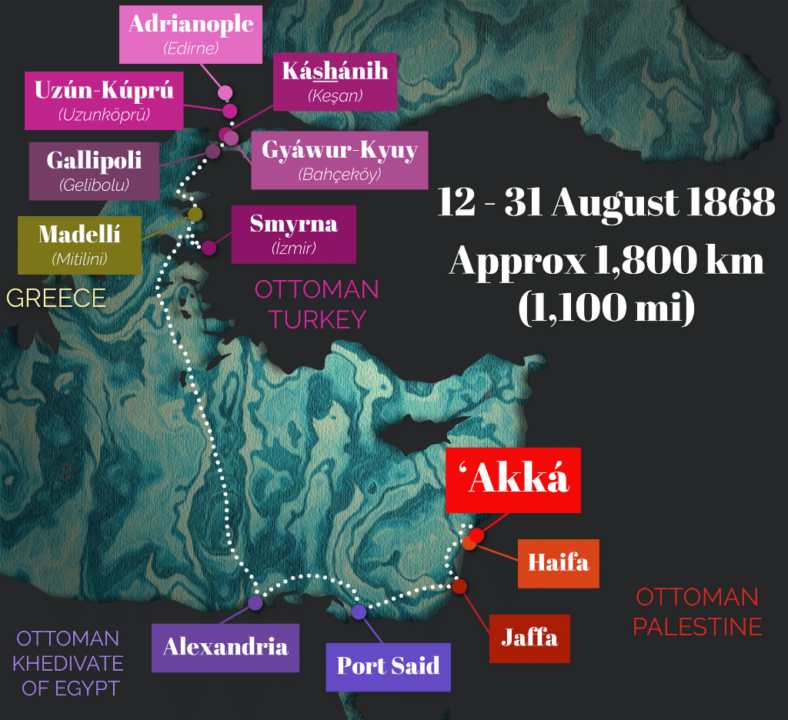
This is my second illustrated chronology, after The Extraordinary Life of Abdu’l-Baha, a tribute to Baha’u’llah’s eldest son and appointed successor as head of the Baha’i Faith, on the occasion of the centenary of his passing in 2021.
Both chronologies belong to the Baha’i history section of The Utterance Project, an online initiative I started with Adib Masumian in 2020, with the goal of extolling the beauty of the spoken utterances of The Bab, Baha’u’llah, and Abdu’l-Baha in the original Arabic and Persian, with a collection of over 60 YouTube videos subtitled in English with transliteration.
Just click here to visit The Blessed Beauty, where you’ll have the opportunity to immerse yourself in the stories of his unparalleled life and begin to dive into the vast ocean of his new Faith.


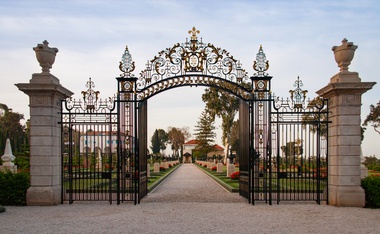

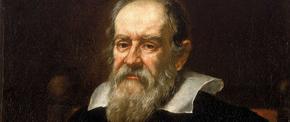


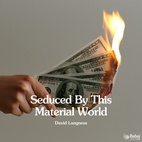

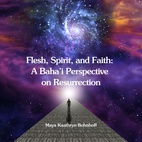

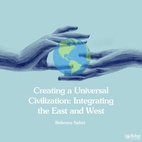

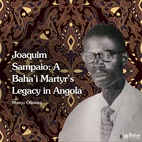
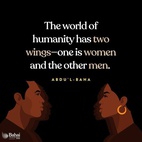


Comments
Sign in or create an account
Continue with Googleor